LaTeX templates and examples — Two-column
Recent
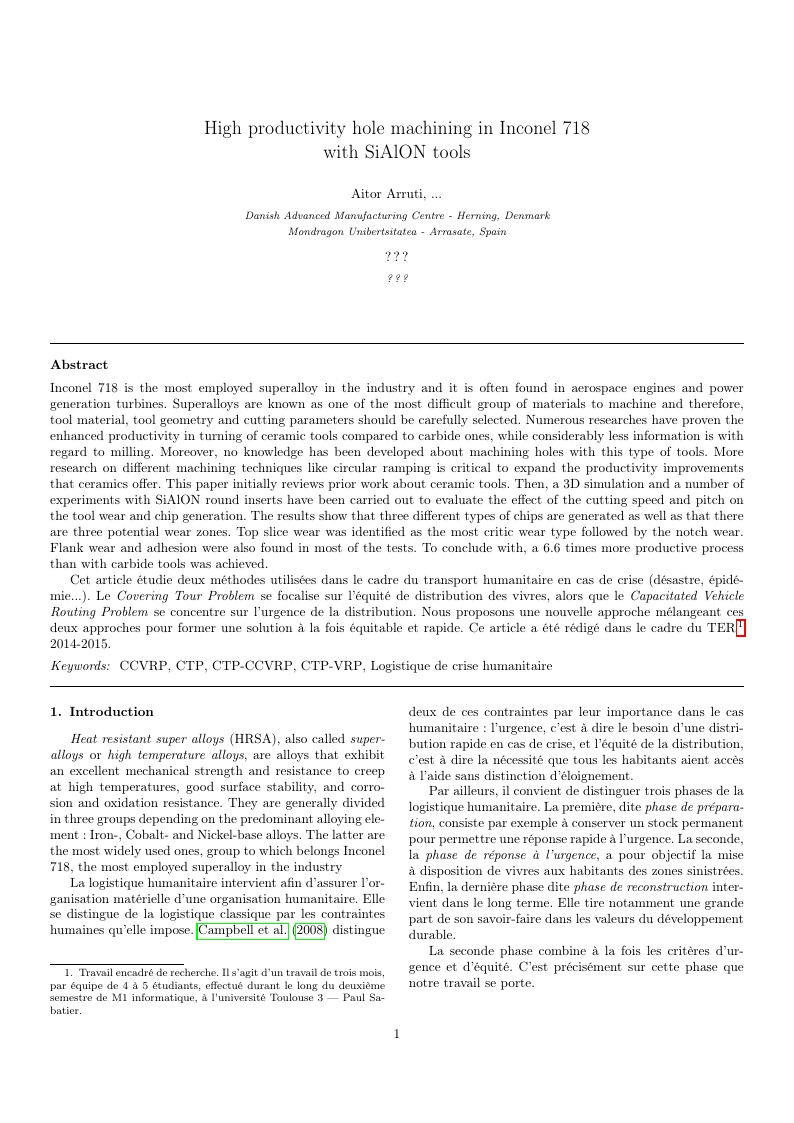
Inconel 718 is the most employed superalloy in the industry and it is often found in aerospace engines and power generation turbines. Superalloys are known as one of the most difficult group of materials to machine and therefore, tool material, tool geometry and cutting parameters should be carefully selected. Numerous researches have proven the enhanced productivity in turning of ceramic tools compared to carbide ones, while considerably less information is with regard to milling. Moreover, no knowledge has been developed about machining holes with this type of tools. More research on different machining techniques like circular ramping is critical to expand the productivity improvements that ceramics offer. This paper initially reviews prior work about ceramic tools. Then, a 3D simulation and a number of experiments with SiAlON round inserts have been carried out to evaluate the effect of the cutting speed and pitch on the tool wear and chip generation. The results show that three different types of chips are generated as well as that there are three potential wear zones. Top slice wear was identified as the most critic wear type followed by the notch wear. Flank wear and adhesion were also found in most of the tests. To conclude with, a 6.6 times more productive process than with carbide tools was achieved. Cet article étudie deux méthodes utilisées dans le cadre du transport humanitaire en cas de crise (désastre, épidémie...). Le Covering Tour Problem se focalise sur l'équité de distribution des vivres, alors que le Capacitated Vehicle Routing Problem se concentre sur l'urgence de la distribution. Nous proposons une nouvelle approche mélangeant ces deux approches pour former une solution à la fois équitable et rapide. Ce article a été rédigé dans le cadre du TER 2014-2015.

El análisis estadístico de alta dimensión y tamaño de muestra pequeño (HDLSS) se está aplicando cada vez más en una amplia gama de contextos. En tales situaciones, se ve que el popular método de la Máquina de Vectores Soporte (SVM) sufre de ''Acumulación de datos'' en el margen, lo que puede disminuir la capacidad de generalización del modelo. Esto conduce al desarrollo de la Distance Weighted Discrimination para encontrar un hiperplano separador . En el presente trabajo se revisa y reproduce, con detalle en la derivación y solución de la función de pérdida que se resuelve usando SOCP, del método desarrollado en e implementado en el entorno R\cite{R}. Basado en el trabajo e implementación de se aplica y comparan resultados a conjuntos de datos reales y simulados (en medida de lo posible los mismos conjuntos de datos utilizados que en) Palabras clave: SVM, kernel, R (el ambiente de cómputo estadístico) y datos de alta dimensión con tamaño de muestra pequeño (data High Dimension Low Sample Size).
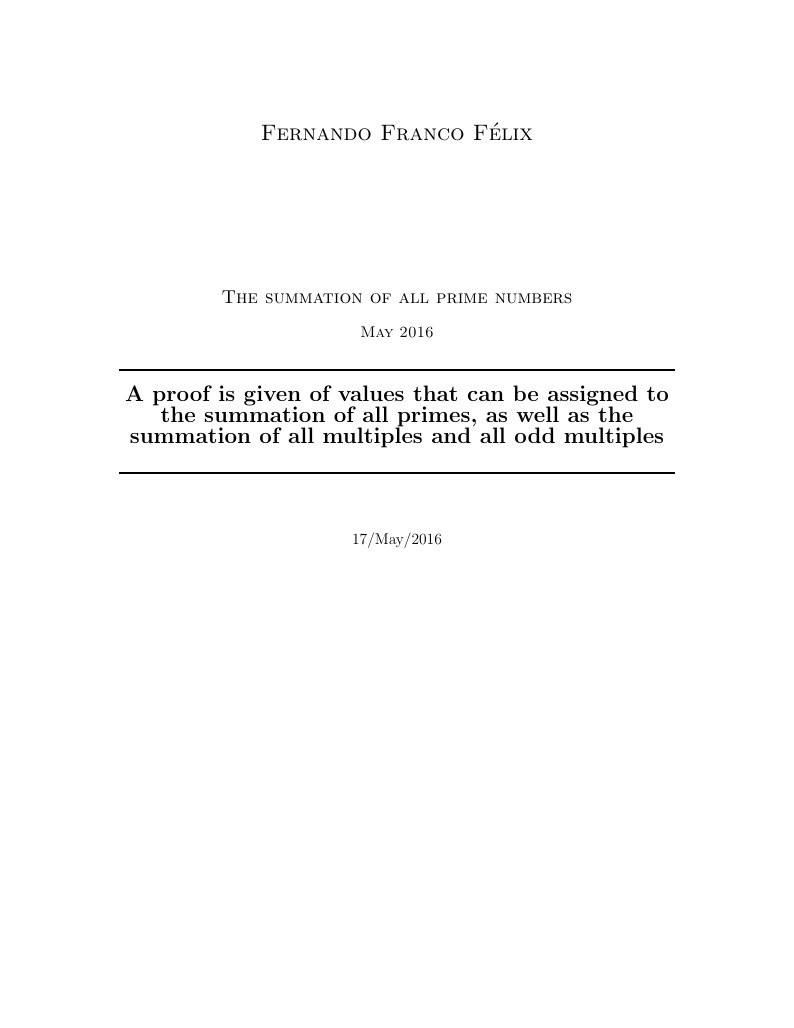
A proof is given that the summation of all prime numbers can be assigned the value of 13/12, as well as values that can be assigned to the summation of all multiples and all odd multiples.
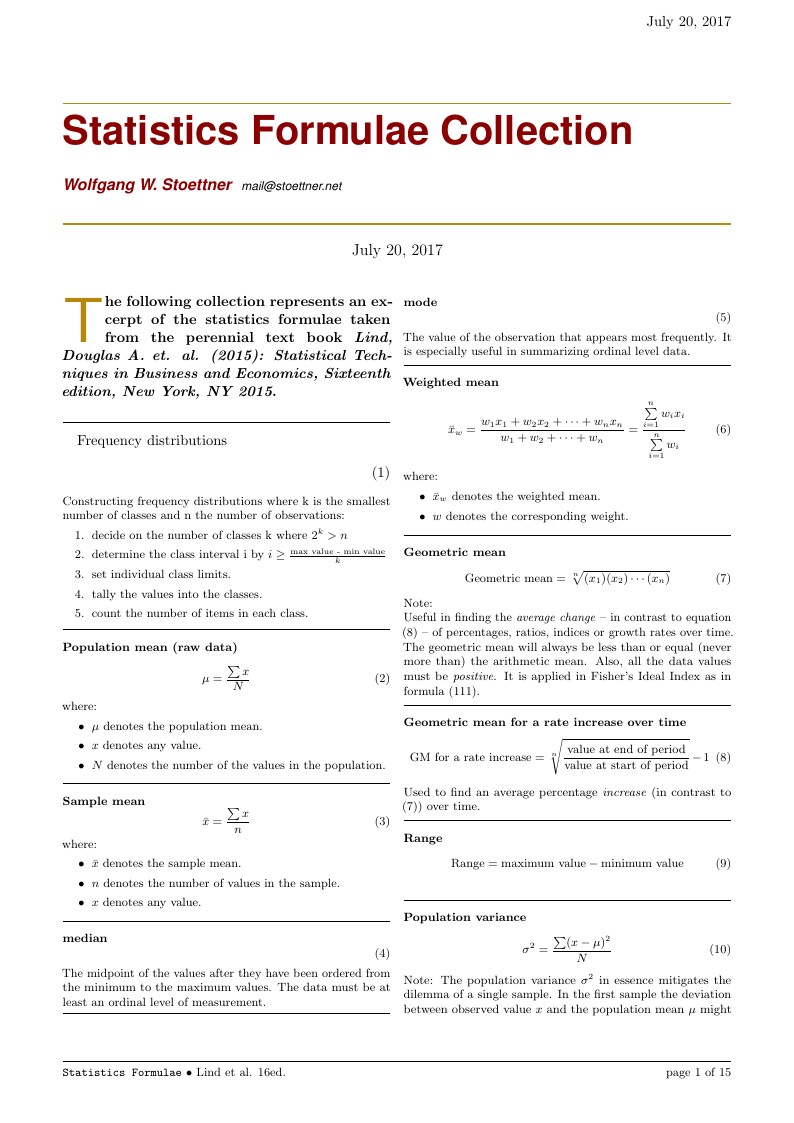
Collection of statistics formulae taken from the perennial text book Lind, Douglas A. et. al. (2015): Statistical Techniques in Business and Economics, 16 ed. (2015).
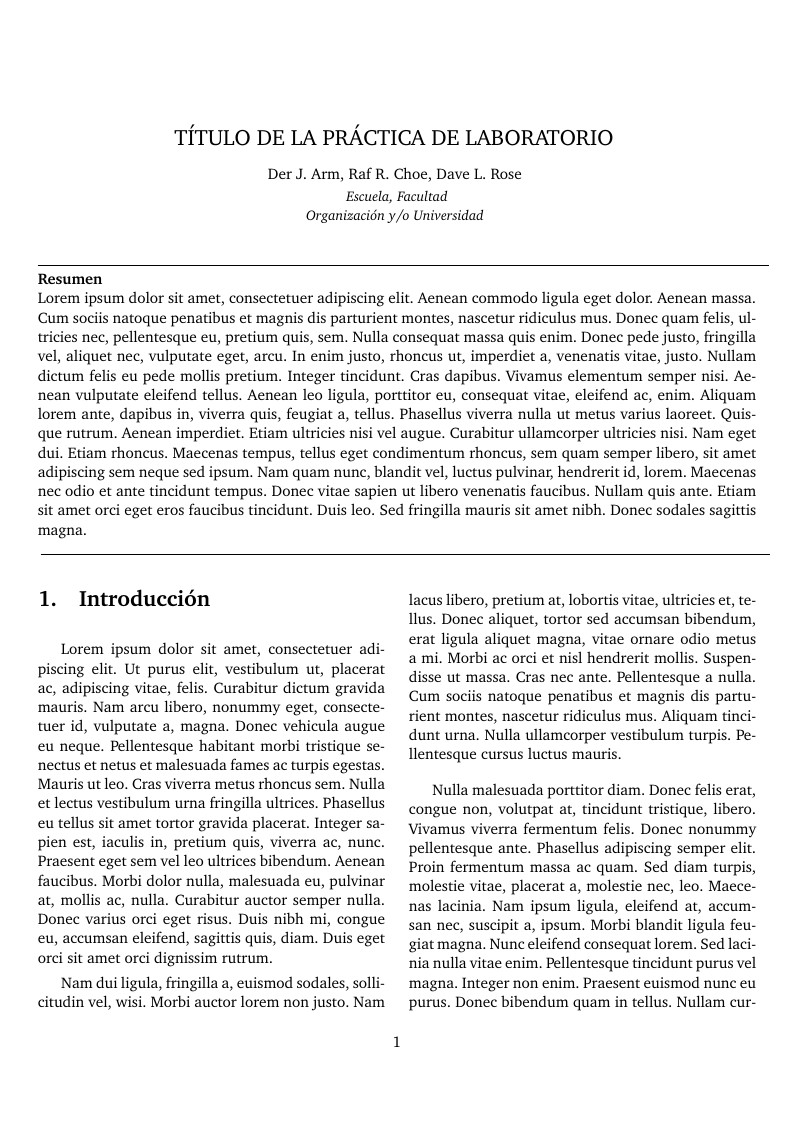
Lab report template inspired by the Elsarticle's double column journal style. Plantilla de informe de laboratorio inspirada en el estilo doble columna del paquete Elsarticle.
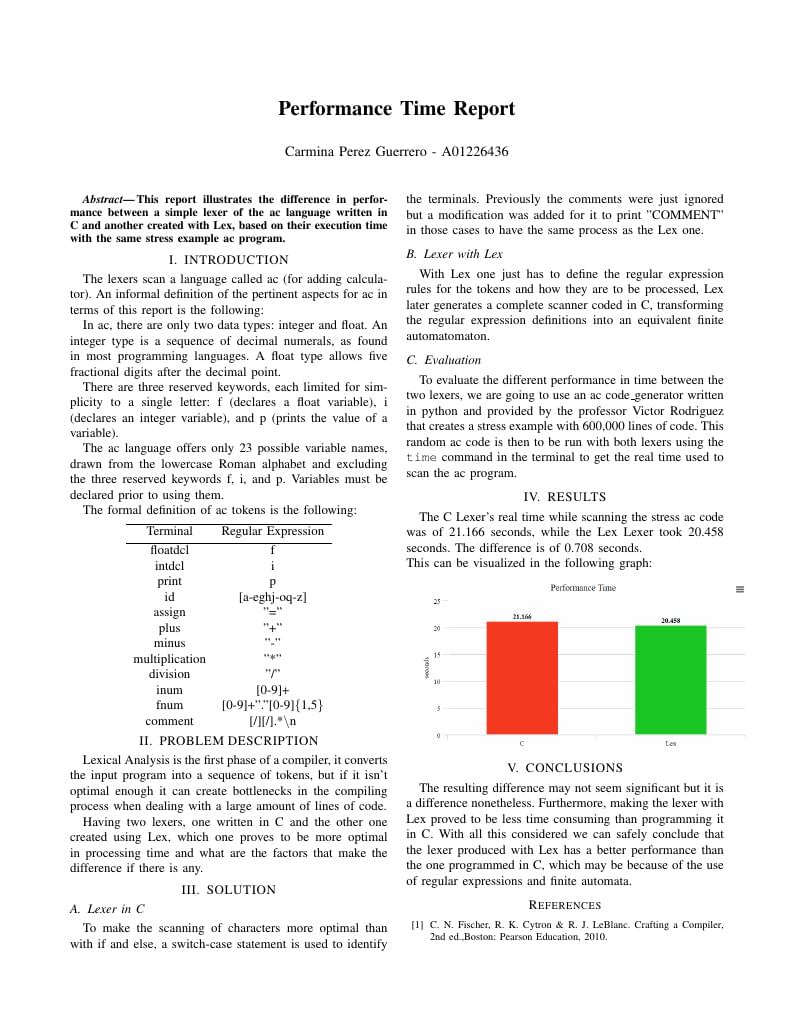
A performance time evaluation between a C lexer and a Lex generated lexer.
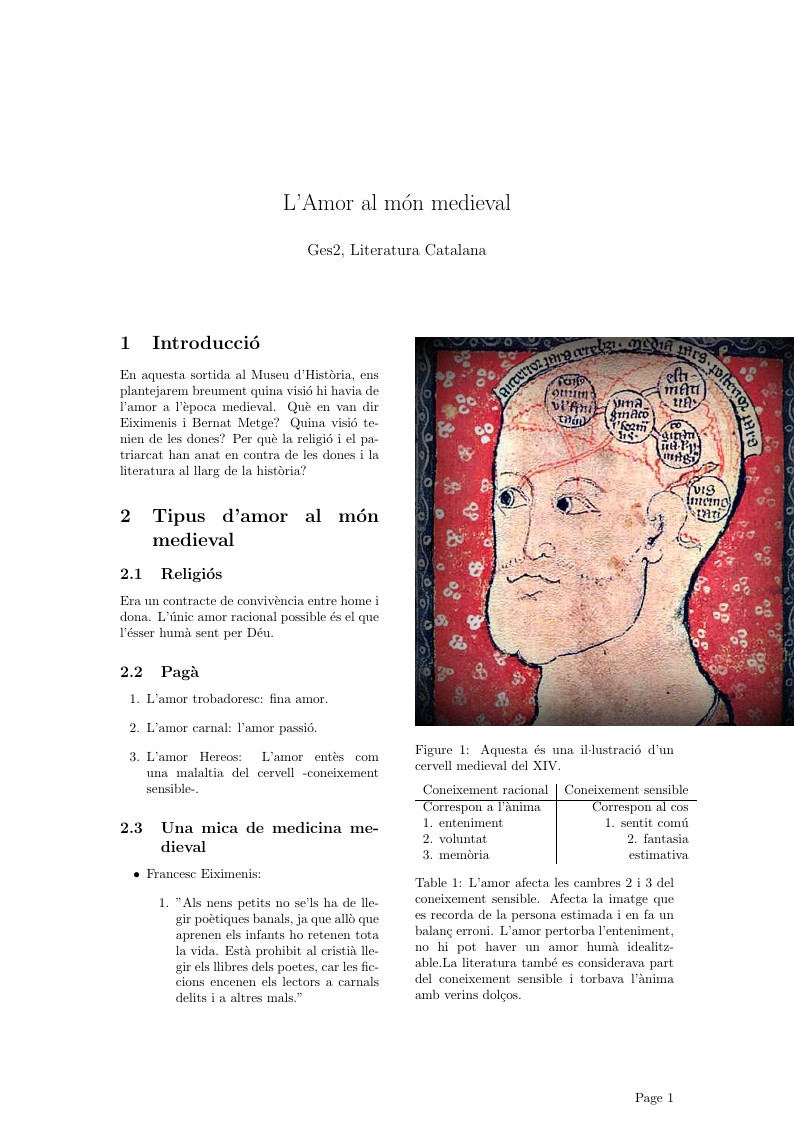
Breu resum sobre l'amor al món medieval. Basat en apunts de l'assignatura de la UB.
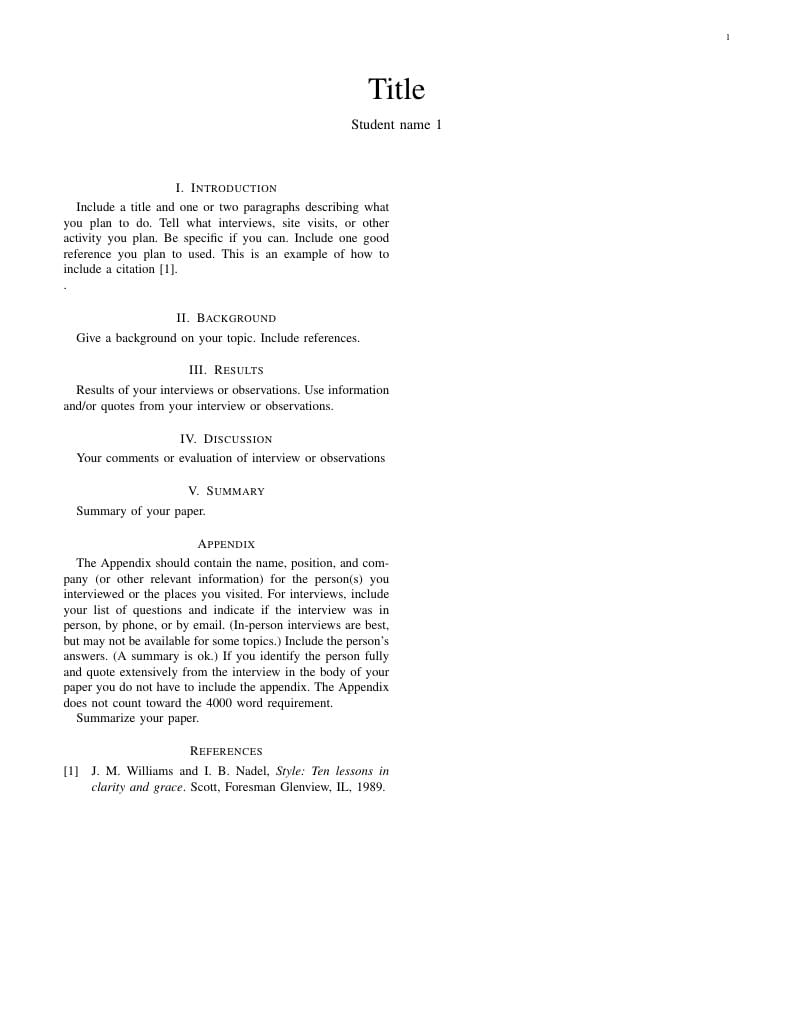
I am using this template to share with my students to start their term paper.
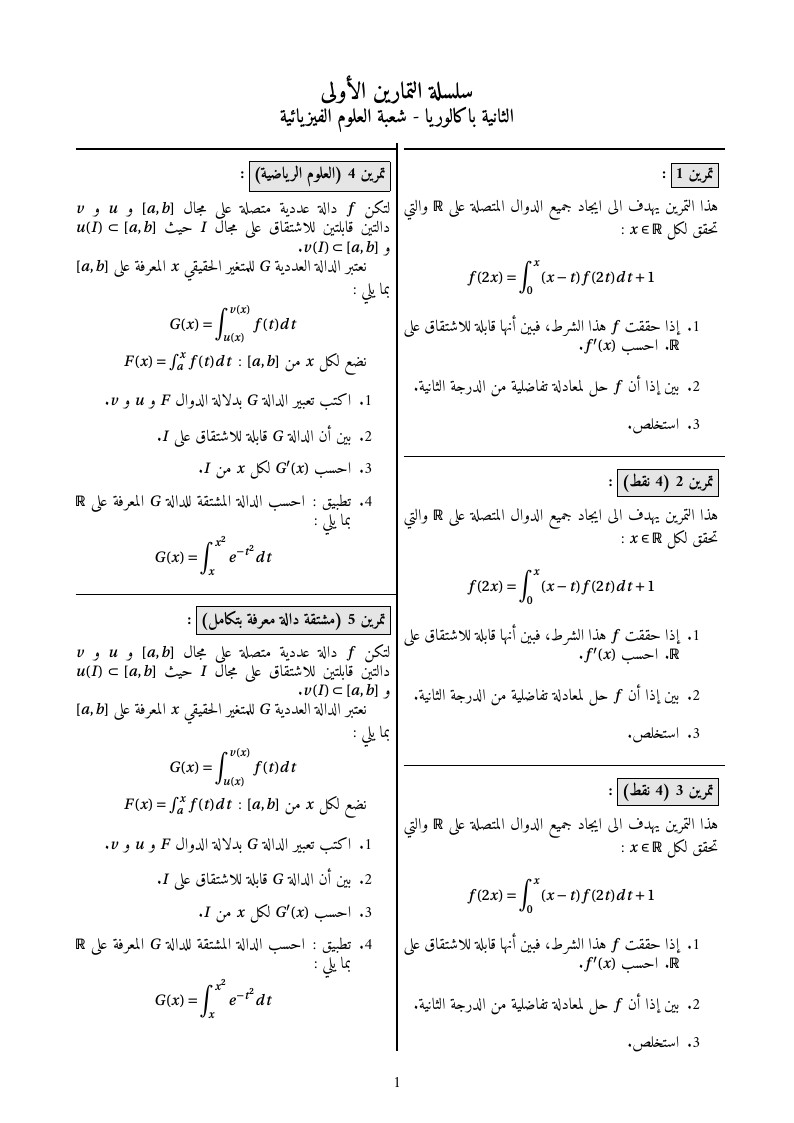
Xelatex, Polyglossia, Amiri, Série, Exercices (A maths exercise sheet in Arabic)
\begin
Discover why over 20 million people worldwide trust Overleaf with their work.